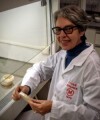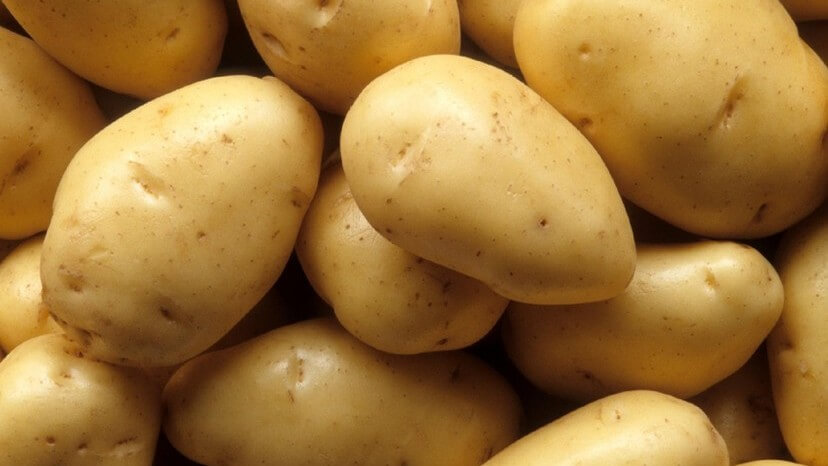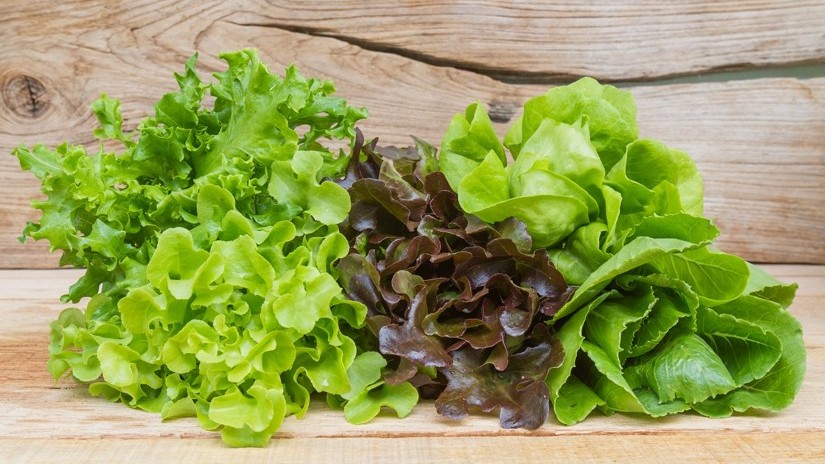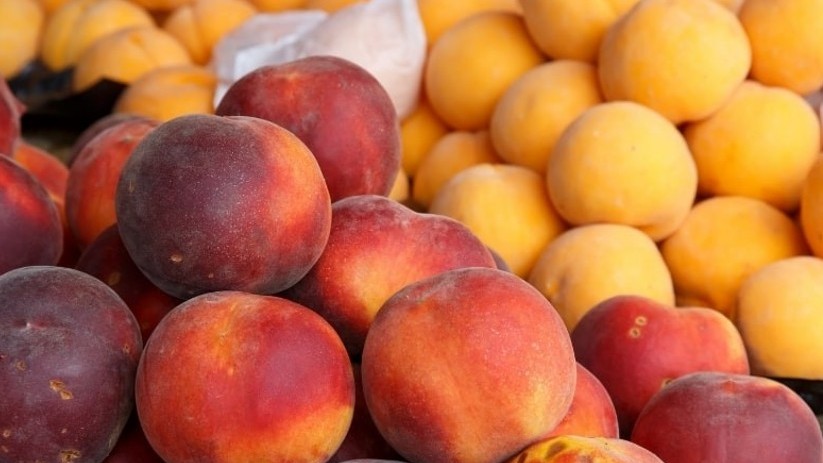Processing
Supercritical Carbon Dioxide for Preserving the Quality of Fresh-Cut Carrots
The application of supercritical carbon dioxide inhibits oxidative enzyme activity and preserves the nutritional profile of carrot cubes
Fresh cut vegetables, also known as minimally processed vegetables, have become increasingly popular as consumer demand for more convenient products has risen.
Fresh-cut carrots are among the most common and appreciated vegetables in markets and contain many bioactive compounds (e.g., phenolics and carotenoids). However, oxidase enzymes and microorganisms easily affect fresh cut carrots during storage, resulting in undesirable changes in physicochemical and sensory attributes.
Although conventional thermal processing was widely used to extend the shelf life of fresh-cut carrots, it resulted in decreased levels of phenolics, total flavonoids, and ascorbic acid (vitamin C). Therefore, it is crucial to seek a new strategy to reduce the activity of these enzymes, preserve the nutritional profile, and protect against pathogenic and spoilage microorganisms, while retaining bioactive compounds.
Supercritical CO2, an emerging process
Supercritical carbon dioxide (CO2) is used as an emerging process for vegetables by effectively reducing the enzymatic activity of polyphenol oxidase, microbial contamination, and preserving the activities of nutraceutical compounds. Additionally, carrot juice treated with supercritical carbon dioxide (CO2) has been observed to have higher carotenoid and phenolic contents than pasteurized samples.
Particle size matters
In addition to pressure, temperature, and treatment time, the particle size of the raw material (mainly surface/volume) is also an important factor in the effectiveness of supercritical carbon dioxide (CO2) processing. Results have shown that samples treated with particle sizes of 1 to 2 cm exhibited higher recovery of bioactive compounds and greater antioxidant capacity compared to samples treated with smaller particle sizes.
Furthermore, it was found that different particle sizes resulted in different diffusivity and solubility coefficients of supercritical carbon dioxide (CO2) in the raw material. The size of the carrot cubes can affect the amount and rate of penetration of supercritical carbon dioxide (CO2).
Results in carrots
In a recent study, two sizes of carrot cubes (1 cm and 2 cm) were used to investigate the influence of different treatment conditions on enzymatic activities, color, and nutritional profile in carrot cubes treated with supercritical carbon dioxide (CO2).
Nutrient retention was significantly affected in carrot cubes processed with supercritical carbon dioxide (CO2) at different sizes (1 cm and 2 cm).
According to the results, carrot cubes of 1 cm processed with supercritical carbon dioxide (CO2) at 10 MPa, 35 ℃, and 45 min were most effective in preserving fresh cut carrots with relatively high enzymatic inactivation and the highest retention of bioactive compounds.
This work provides a comprehensive basis for optimizing supercritical carbon dioxide (CO2) processing for fresh cut carrots and recommendations for industrial production.
- A supercritical fluid is any substance at a temperature and pressure above its critical point, where there is no longer a distinction between the liquid and gas phases. It flows through solids like a gas and can dissolve materials like a liquid. Additionally, near its critical point, small changes in pressure or temperature result in large changes in density, allowing for fine-tuning of supercritical fluid properties. Supercritical fluids are suitable substitutes for organic solvents in a variety of industrial and laboratory processes. Carbon dioxide and water are the most commonly used supercritical fluids for decaffeination and electricity generation, respectively. Supercritical carbon dioxide (CO2) is formed when a certain volume of CO2 is subjected to a critical temperature of 31.04°C and a critical pressure of approximately 100 bar. The properties of CO2, such as density, viscosity, and diffusion coefficient, are then altered.
- The unit of measurement MPa (Megapascal) is defined as follows: Pascal: Pressure exerted by a force of 1 newton distributed uniformly over a flat surface of 1 square meter area, perpendicular to the direction of the force. Megapascal (MPa) = 1 million Pascal = 10.1972 Kgf/cm = 9.869 atm.
Sources
Chen, Z.; Kapusta, I.; Zhu, Z.; Marszałek, K. (2024). Enzyme activity and nutritional profile of different-sized carrot cubes treated with supercritical carbon dioxide. Postharvest Biology and Technology, 210: 112763.
Image:
https://www.depidiomas.unitru.edu.pe/?a=proveedores-de-zanahorias-congeladas-en-cubitos-personalizadas-de-china-yy-oxLM1oi4 Accessed on 19/04/2024.













